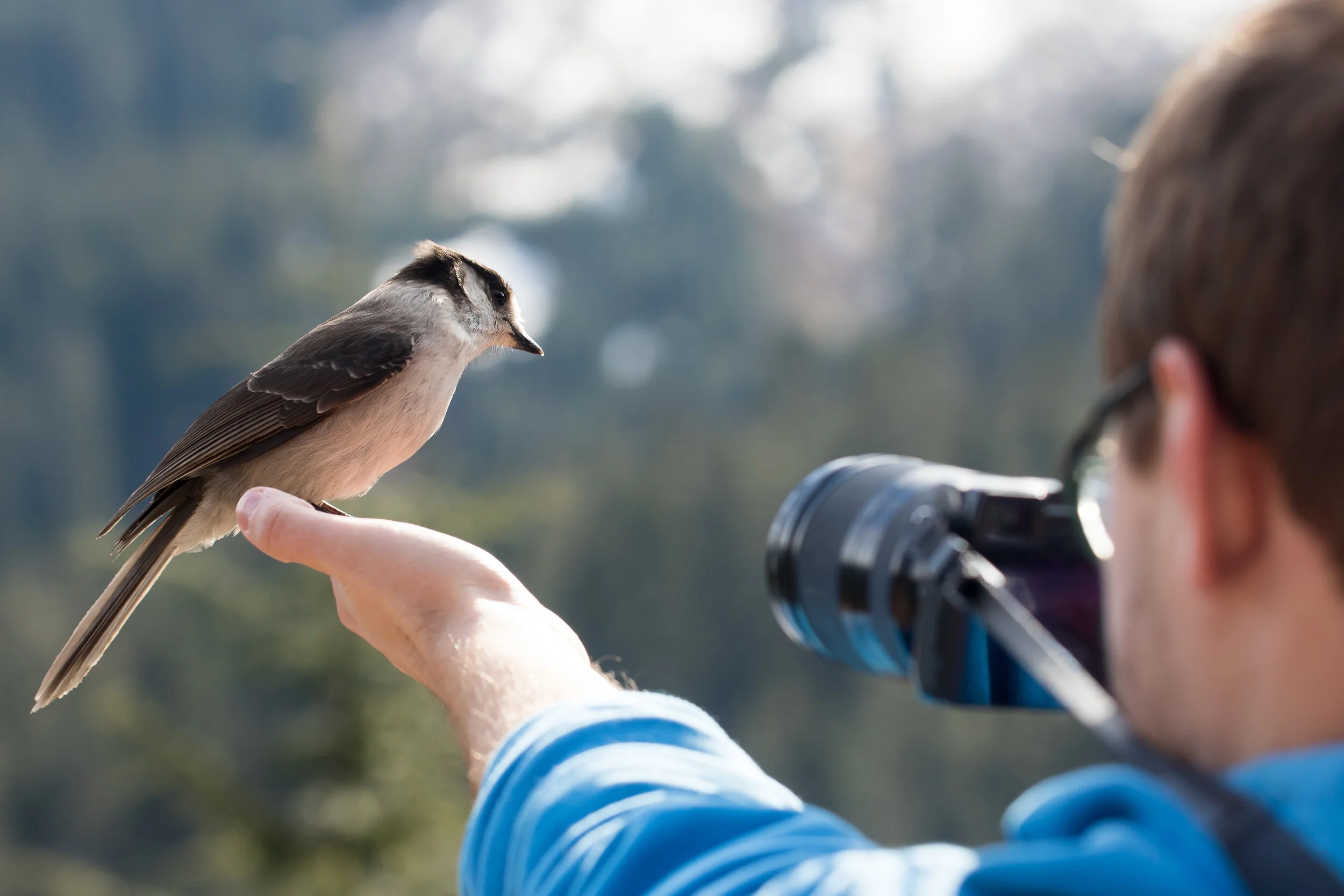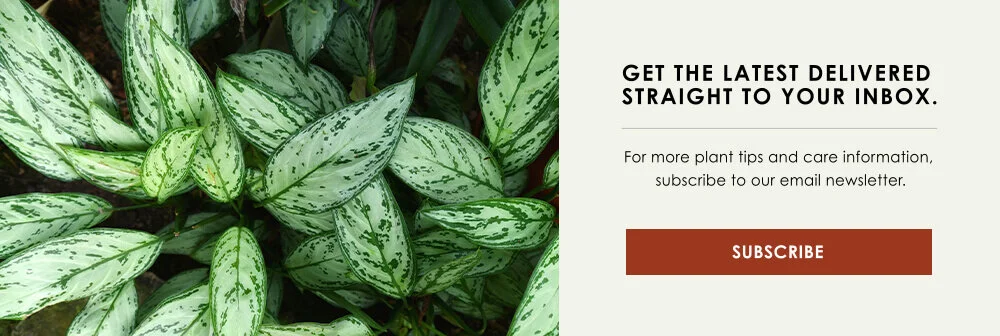HOW TO PHOTOGRAPH BIRDS WITH YOUR SMARTPHONE OR DSLR
Bird photography is often assumed to be very difficult. It's certainly not the easiest type of photography, but it's certainly very rewarding. With a few tips and a lot of patience, you can take some excellent bird photos—and you don’t necessarily need a fancy camera to do it.
In the past, to get a good photo of birds, you needed expensive lenses, camera bodies, film, as well as plenty of experience and loads of time to sit and wait. Luckily, as technology has improved, taking good bird pictures has become a little less complicated. But, the one thing that hasn’t changed is that it still requires plenty of patience.
If you have a DSLR and a zoom lens, you’ll likely get better results. However, you can also take really nice bird photos with a smartphone. It takes a fair bit of practice, trial and error, and patience to figure out what works.
You’re not going to get an epic shot of an eagle sitting in a 100-foot tree on your phone, but you can get great photos of the smaller birds that visit your feeders every day. Here are a few things you can do to make your yard a desirable place for birds and help you get better photos.
CREATE A BIRD PHOTOGRAPHY LOCATION
Before you even start photographing birds, whatever your device, you need to set up a spot in your yard to attract your subjects.
A platform bird feeder is perfect for getting started with bird photography because it’s wide open with nothing to obscure your view. A platform bird feeding station will also attract a wide range of different birds, both large and small. We carry some great platform feeders and lots of birdseed at our garden center!
Set the feeder up somewhere that gets lots of sunshine; lots of bright light makes it easier to take good photos. If you can see it easily from inside your home, even better. Otherwise, put it somewhere that you can sit comfortably and wait for the birds.
It’s worth the effort to get your local birds used to your presence. Consider sitting very still and quiet on a chair nearby after you fill your feeder. Doing this regularly will eventually help your local birds realize that you are not a threat.
The trick is to move as little as possible and be ready before they arrive. They are flighty creatures (literally), so even the slightest movement may cause them to take off. Even if you’re indoors, move as little as possible; they will notice your movement on the other side of the window!
It's not a bad idea to add a water source to your bird feeding station; this will give birds even more incentive to visit and give you more opportunities for cool photos.
TAKING BIRD PHOTOS ON YOUR SMARTPHONE
Smartphones have surprisingly fantastic cameras these days. The cameras in the latest smartphones, even ones a few generations old, are more advanced than some of the first digital cameras that came out.
If you’re going to sit outside, it's essential to have your smartphone charged up. You might want to consider having a backup battery bank or run an extension cord so that you can plug in your phone. Taking photos or video drains the battery faster than normal, especially when the weather is cold.
Be ready for the birds. Don’t sit in the chair and scroll social media while you wait. Have your phone aimed at the feeding platform, and be ready with your camera app open. We recommend sitting because you’re going to be waiting for a while—or at least until the birds realize you’re not a threat!
Before you start, put fresh birdseed in the feeder for the birds. Then wait. Your phone will usually have a zoom function. You can use it, but don’t zoom in to the max limit as this will result in blurry photos.
If your phone can do “burst mode,” use that to capture lots of images of your photogenic friends. You’ll have a ton of photos to go through when you’re done, but with this many options, there’s a good chance you’ll have a couple that are in-focus and look great.
Shooting birds with a smartphone takes practice and patience because you have to be so much closer to the birds, so don’t be discouraged if you don’t get any good shots for the first few attempts. Keep trying. You can also take videos instead of photos, which can be lots of fun to re-watch later!
Many smartphones also have a surprising amount of options you can adjust while you’re shooting. You can take photos with apps like Lightroom, VSCO, or Camera+, which let you adjust all sorts of advanced settings like shutter speed, ISO, white balance, and even some manual focus in the “pro” version of Lightroom.
Here are some general tips for shooting with a DSLR:
Choose shutter speed mode (S on Nikon/Sony, Tv on Canon)
Set your shutter speed to at least 1/2000th
Set your camera to burst mode
Use autofocus
Be patient
Hold down the shutter button for a few seconds when a bird lands in front of your lens.
For novice bird photographers, shutter speed mode is the best option to start with. On Canon cameras, Shutter Speed mode is called Tv; on Nikon, or Sony, it's just S. In shutter mode, you set the shutter speed for your shots while your camera automatically chooses the aperture and ISO. Once you’re in S mode, set your minimum shutter speed to 1/2000. Birds are fast. Even with 1/2000 shutter speed, you may still end up with blurred wingtips when birds are moving.
Some Birds are Harder to Photograph than Others
Chickadees, while they’re so adorable, are not particularly camera-friendly. They rarely settle for more than a second or two unless you really work on making them comfortable in your presence. Sparrows, the smaller woodpeckers, nuthatches, and larger birds like crows and bluejays tend to sit still on your bird feeder for a little longer.
The most important thing to remember is not to get discouraged. Photographing birds takes practice, and you will get better at it with time as the birds that frequent your feeder get used to your presence. Keep trying, and don’t forget to share your photos with us on Instagram or Facebook!







